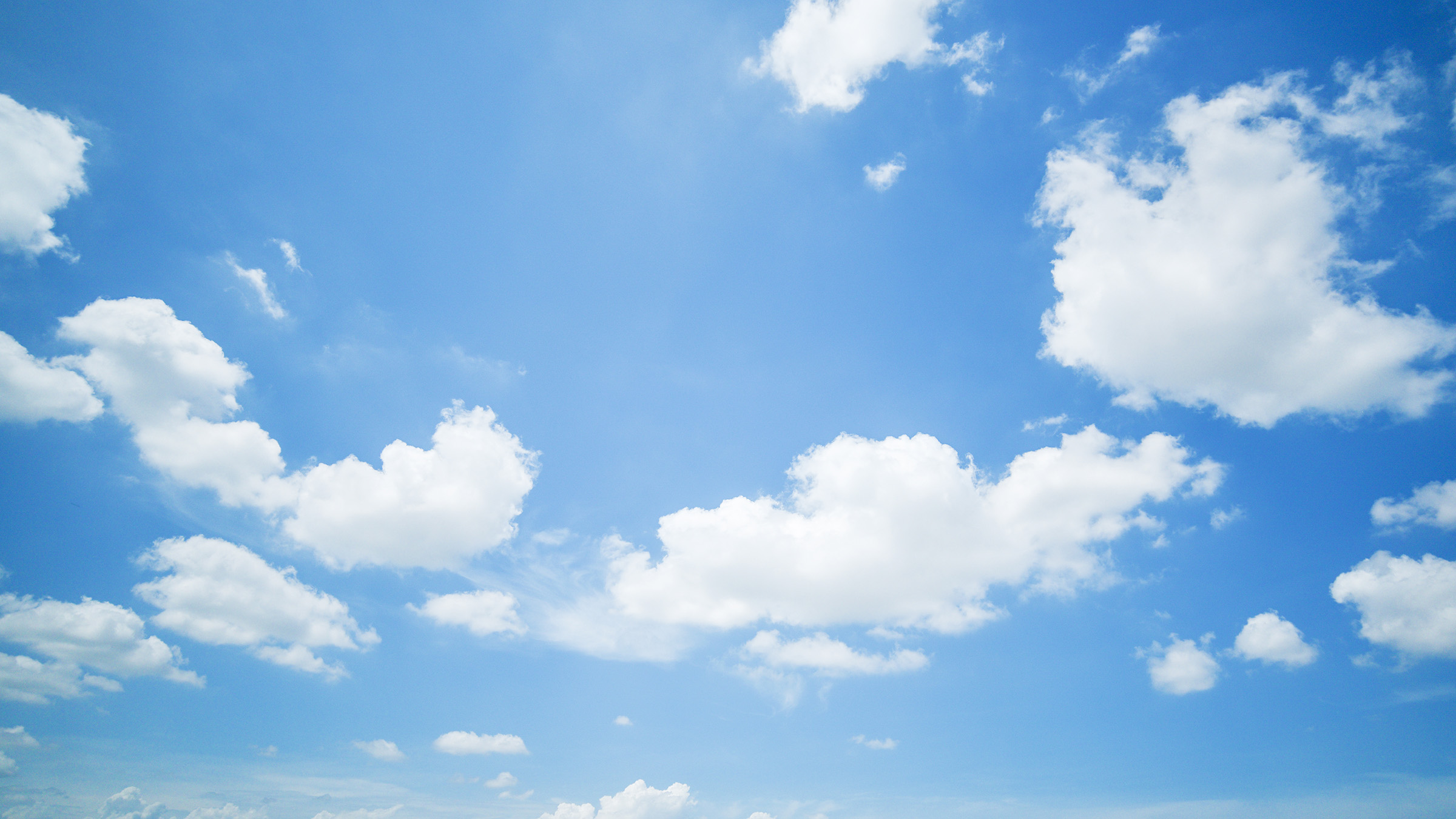Penguins might be doing more for the planet than we thought when it comes to fighting climate change. According to new research, the clouds around Antarctica could be fueled by penguin poop.
Scientists have found that penguin guano releases high levels of ammonia into the atmosphere. When this ammonia mixes with sulfur compounds from ocean phytoplankton, it triggers the rapid formation of aerosol particles. These particles grow into clouds, which may have a cooling effect on the Earth’s surface.
The study focused on a colony of 60,000 Adelie penguins on the Antarctic Peninsula. As the penguins eat fish and krill, they leave behind large amounts of nitrogen-rich guano, or poop. When the wind blows from the colony toward monitoring equipment, ammonia levels spike to more than 1,000 times the background level.
The researchers say that even after the penguins leave, the leftover guano continues to release noticeable amounts of ammonia for days. What’s more interesting is that researchers noticed that cloud formation closely followed these ammonia surges. In one case, fog appeared just a few hours after the chemical levels spiked.

The study suggests that the emissions from the penguin guano help small cloud droplets form more quickly, which increases the cloud’s ability to reflect sunlight. Clouds typically help cool the Earth by bouncing sunlight back into space. However, their impact varies depending on what lies beneath them. Over ice, clouds might trap heat instead of reflecting it.
Still, computer models suggest that, on balance, these penguin-made clouds likely have a cooling effect. Of course, these findings don’t mean penguin poop will reverse global warming. But they highlight how natural ecosystems can influence the climate. As penguin populations shift due to climate change, so could their environmental impact.
For now, though, penguin poop and its unique ability to drive cloud formation might just be one of the best secret weapons we have in our losing fight against climate change.








